The Conclave: Choosing The Next Pope In The Catholic Church
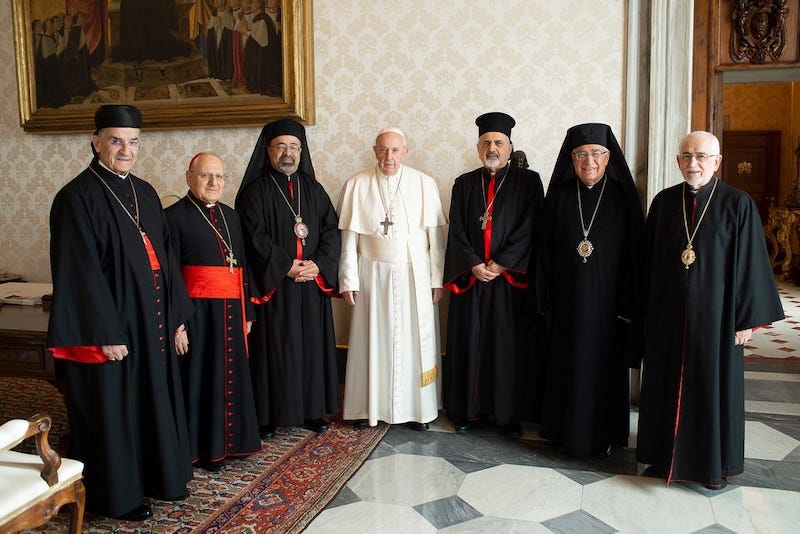
Table of Contents
History and Evolution of the Conclave
The election of the Pope, the head of the Catholic Church, has evolved significantly over centuries. Early papal elections were often tumultuous affairs, marked by political maneuvering, bribery, and even violence. Powerful figures, including emperors and local rulers, frequently exerted considerable influence over the outcome. This lack of formalized procedure often led to protracted periods of vacancy and even schisms – divisions within the Church itself.
The need for reform became increasingly apparent, leading to the introduction of more structured processes aimed at curbing corruption and ensuring a more orderly selection. Significant milestones include:
- Early papal elections: Characterized by chaos and external influence.
- The introduction of formalized procedures: Efforts to regulate the process and reduce external interference.
- Key reforms like the papal bull Ubi Periculum (1274) and the Apostolic Constitution Universi Dominici Gregis (1996): These documents established increasingly detailed rules and regulations for papal elections, including the establishment of the Conclave as we know it.
- The impact of modern technology and media: The Conclave, once shrouded in almost complete secrecy, is now subject to significant media attention, although strict confidentiality protocols remain in place.
Notable historical Conclaves include those following the deaths of Popes like Gregory X (resulting in the creation of the Conclave's structure) and John Paul I (whose sudden death led to rapid and intensely scrutinized election procedures). These examples highlight the ever-evolving nature of the Conclave and its adaptation to changing circumstances.
The Process of the Conclave: A Step-by-Step Guide
The Conclave is a meticulously orchestrated process. From the moment a Pope dies or resigns, a series of events unfolds, leading to the selection and announcement of his successor.
-
Preparation phase: Following the Pope's death, the Cardinal Camerlengo manages the affairs of the Church until the Conclave begins. This period includes preparations for the Conclave itself, including the summoning of the cardinals and the securing of the location.
-
The conclave itself: The cardinal electors gather in the Sistine Chapel, which is sealed off from the outside world. They live and vote in seclusion, with minimal contact with the outside.
-
Voting procedures: Ballots are cast, and counted, with the requirements for election being a two-thirds majority of the votes cast. If no one reaches this threshold, multiple ballots are conducted until a Pope is elected. Strict rules govern the process, ensuring fairness and preventing undue influence.
-
Scrutiny of ballots: The ballots are meticulously examined, ensuring the integrity and validity of the voting process.
-
The announcement of the new Pope: Once a two-thirds majority is reached, the announcement, famously proclaimed with the words "Habemus Papam!" ("We have a Pope!"), signals the start of a new papal reign. The new Pope then appears on the balcony of St. Peter's Basilica to address the assembled crowd. The Papal Inauguration follows later, marking the formal beginning of the pontificate.
The Secrecy Surrounding the Conclave
The secrecy surrounding the Conclave is a crucial aspect of the process. This secrecy serves multiple important purposes:
-
Preventing external influence and manipulation of the process: Isolating the cardinals ensures that external pressures, whether political or otherwise, cannot unduly influence their decisions.
-
Protecting the cardinals' freedom of conscience: Secrecy allows the cardinals to deliberate and vote freely, without fear of reprisal or external pressure.
-
Maintaining order and preventing disruption: The secrecy contributes to maintaining order and preventing any disruption that might compromise the sanctity of the election process.
Factors Influencing the Choice of the Next Pope
The election of a Pope is a complex process, influenced by various factors. Cardinals consider a range of qualities and attributes when casting their votes. These include:
-
Theological expertise and spiritual leadership: The ability to provide strong spiritual guidance to the global Catholic community.
-
Administrative skills and managerial experience: The capacity to effectively manage the vast administrative apparatus of the Catholic Church.
-
Global vision and understanding of diverse cultures: Understanding the diverse needs and perspectives of the Catholic faithful worldwide.
-
Ability to address modern challenges facing the Church: The capacity to address contemporary issues, such as declining church attendance and social justice concerns.
-
The importance of age and health: The elected Pope needs to have the physical and mental stamina to fulfill the demanding role.
The College of Cardinals is comprised of individuals from across the globe, representing a variety of perspectives and viewpoints. These varying perspectives inevitably influence the selection process, leading to a complex interplay of factors that shape the final outcome. Global events and challenges facing the Catholic Church, such as social and political shifts, likewise play a significant role.
The Significance of the Conclave for the Catholic Church and the World
The Conclave holds immense significance for the Catholic Church and the broader world. The selection of a new Pope has profound implications:
-
Leadership and guidance for the Catholic faithful: The Pope provides spiritual leadership and guidance to over a billion Catholics worldwide.
-
Influence on religious and political landscapes: The Pope's pronouncements on social and political matters often carry significant weight, influencing debates on issues like human rights, environmental protection, and social justice.
-
Symbol of unity and continuity within the Church: The Conclave ensures the continuation of the papacy, symbolizing the Church's enduring presence and authority.
-
Representation of Catholic values and beliefs on a global stage: The Pope serves as a prominent voice for Catholic values and beliefs on the world stage.
The Conclave, therefore, is not merely an internal Church matter; it is a globally significant event that shapes the religious, political, and social landscapes.
Conclusion
The Conclave remains a pivotal event in the life of the Catholic Church, a process steeped in history and tradition yet constantly evolving to meet the challenges of the modern world. Understanding the intricacies of choosing the next Pope offers valuable insight into the dynamics of the Catholic faith and its global influence. To further your knowledge of this fascinating process, research specific historical Conclaves or delve deeper into the theological considerations surrounding papal elections. Learning more about the Conclave will deepen your appreciation for this unique and significant event.

Featured Posts
-
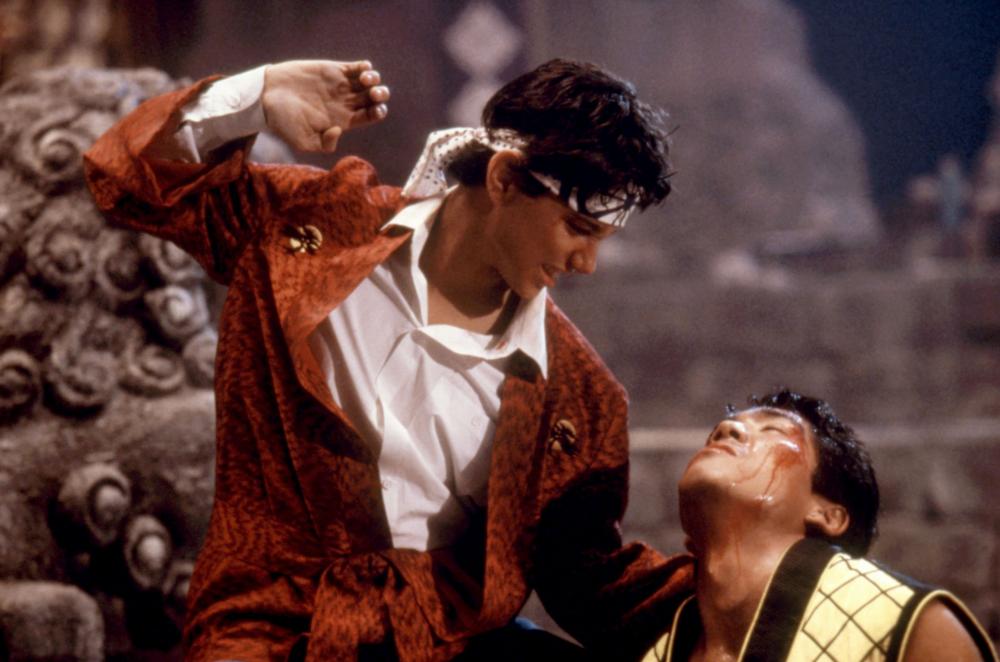 The Karate Kid Part Ii A Deeper Dive Into Miyagi Do
May 07, 2025
The Karate Kid Part Ii A Deeper Dive Into Miyagi Do
May 07, 2025 -
 Choosing The Right Fuel Hydrogen Or Battery Power For European Bus Fleets
May 07, 2025
Choosing The Right Fuel Hydrogen Or Battery Power For European Bus Fleets
May 07, 2025 -
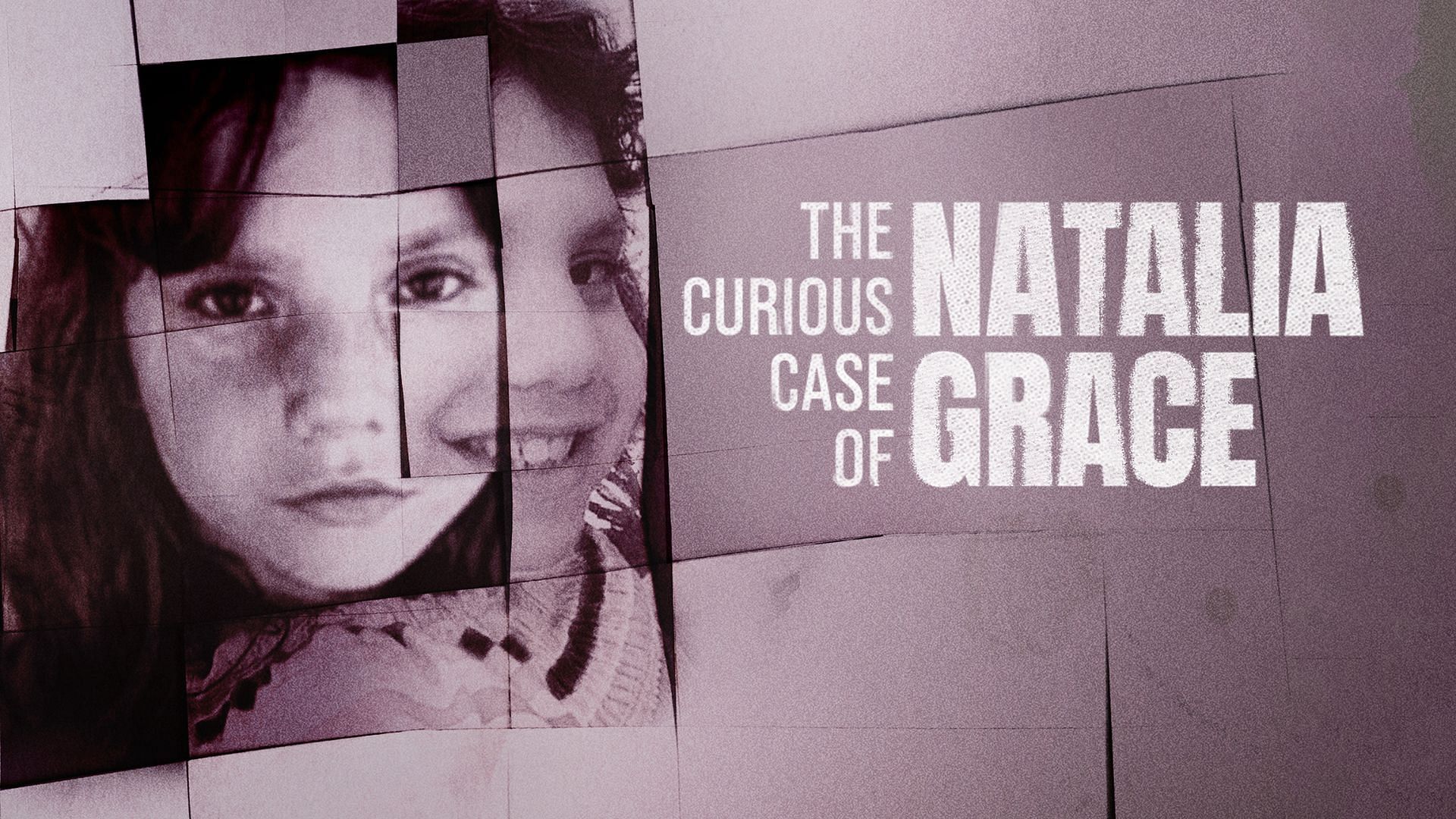 The Curious Case Of Ovechkins Pre Game Snack Sub And Cheetos
May 07, 2025
The Curious Case Of Ovechkins Pre Game Snack Sub And Cheetos
May 07, 2025 -
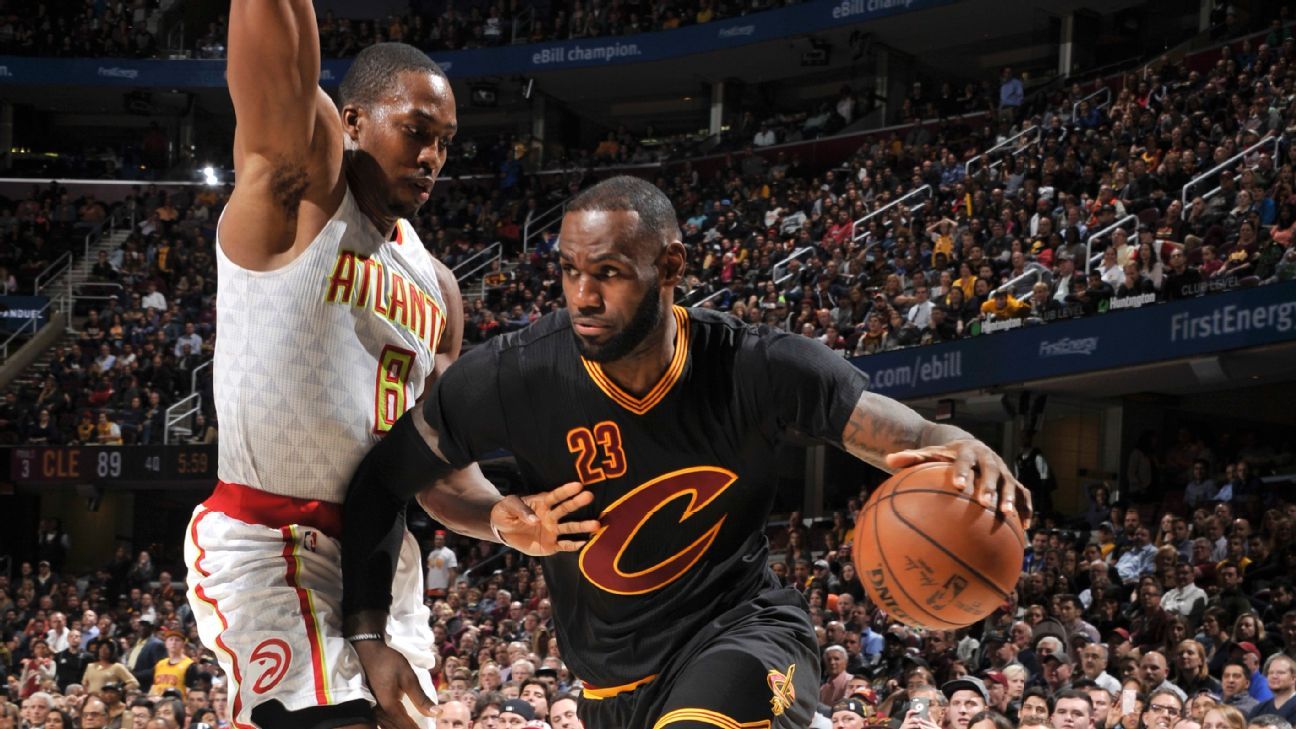 Clippers Late Game Push Not Enough In Cavaliers Loss
May 07, 2025
Clippers Late Game Push Not Enough In Cavaliers Loss
May 07, 2025 -
 How The Timberwolves Unlocked Julius Randles Potential A Knicks Comparison
May 07, 2025
How The Timberwolves Unlocked Julius Randles Potential A Knicks Comparison
May 07, 2025
Latest Posts
-
 Biggest Oscars Snubs Of All Time Controversial Decisions That Still Sting
May 08, 2025
Biggest Oscars Snubs Of All Time Controversial Decisions That Still Sting
May 08, 2025 -
 Oscars Historys Biggest Snubs Films And Performances Robbed Of Gold
May 08, 2025
Oscars Historys Biggest Snubs Films And Performances Robbed Of Gold
May 08, 2025 -
 The Biggest Oscars Snubs Ever A Look Back At The Academys Biggest Mistakes
May 08, 2025
The Biggest Oscars Snubs Ever A Look Back At The Academys Biggest Mistakes
May 08, 2025 -
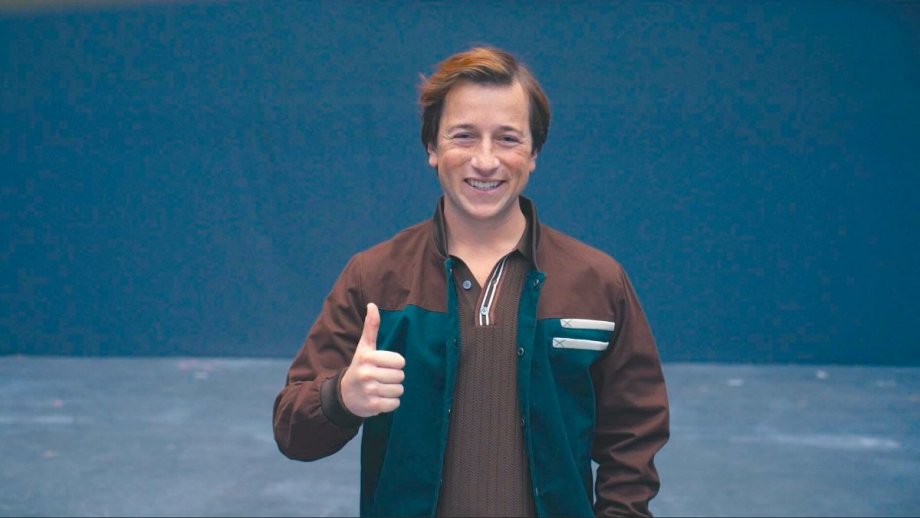 James Gunn Celebrates 85 Years Of Jimmy Olsen With Cryptic Daily Planet Set Photo
May 08, 2025
James Gunn Celebrates 85 Years Of Jimmy Olsen With Cryptic Daily Planet Set Photo
May 08, 2025 -
 James Gunns Jimmy Olsen Photo A Hidden Superman Easter Egg
May 08, 2025
James Gunns Jimmy Olsen Photo A Hidden Superman Easter Egg
May 08, 2025
